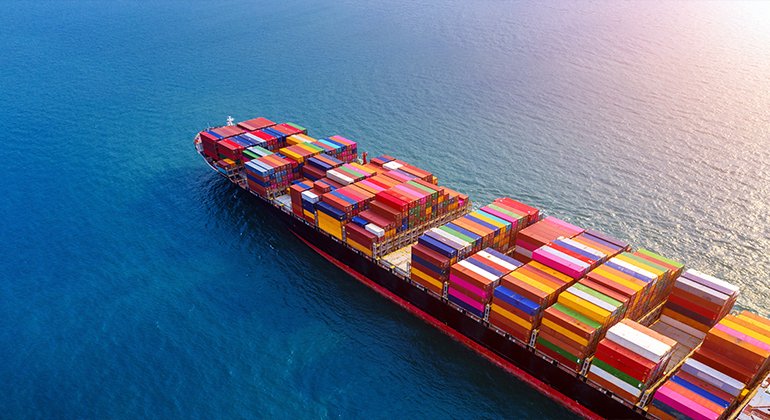Accessing international markets
On the one hand, Lorraine still can’t understand why South Africans don’t support local products. “I know 35 other small cosmetics brands that will tell you the same story,” she says. “If you do manage to get into a big retailer, you often wait 90 days for payment, which many small businesses can’t afford.”
After ten years of being in business, exporting opened a whole new world of opportunities for Lavenderlane. “I’ve been blown away by the opportunity that the dti has created. I’d rejected the idea of exporting because I didn’t think I could afford to exhibit internationally.
Instead, it’s a simple process, with a lot of support. I spent so many years wanting to throw in the towel. On my first trip to Australia I almost couldn’t believe what was happening.”
Since that trip, Lorraine has travelled to India, Dubai, Kenya and Saudi Arabia. “I’ve discovered that other countries love South African products because we’re known for our quality. As a rule of thumb, it takes three trips to the same country to secure a distributor. You’ll also find countries where your product just clicks. For us, that’s Dubai and Kenya.”
Focus on exporting
In early 2018, Lorraine received a key piece of advice from the owner of a well-known local brand: Put every cent you have into exporting your products. “She’s been operating for more than twenty years and has almost lost her business three times, and this is the lesson she’s learnt.
In her experience, South African consumers shop on price, which means Chinese products will beat our local offerings. It’s extremely difficult for local manufacturers to rely on South African sales as a result.” Lorraine understands the reality of South Africa’s financial situation. As a business owner, she’s adjusting her model accordingly.
Getting started
If you’re interested in exporting your product, Lorraine has some key advice. First, ensure your potential buyer or distributor is legitimate. “You’ll often be asked for sole distribution rights, but there is fine print involved,” she says. “Do all of your paperwork properly. There are a lot of people who will guide you through the process but there are also no shortcuts.
In the beauty and cosmetics industry, you will always find CECOSA at beauty expos, but there are many export councils. Find the one in your industry. The dti is also always at industry expos and will guide you in finding different countries that suit your product.” In addition, Lorraine advises that you ensure your product is far superior to anything that your potential clients already have access to.
SUCCEEDING AS AN EXPORTER
Most markets suffer from the same problem: Everyone is inclined to do the same thing, which floods a market. Add to that a tight economy that often purchases on price alone and doesn’t always support local manufacturers, and exporting your product might be a viable growth strategy — provided you understand the landscape.
There’s also a wide range of funding available for businesses that want to explore this route. Theresa Möller, executive director of CECOSA, unpacks what you need to get started.
ALSO READ: 11 Reasons To Start A Business In The United Kingdom


